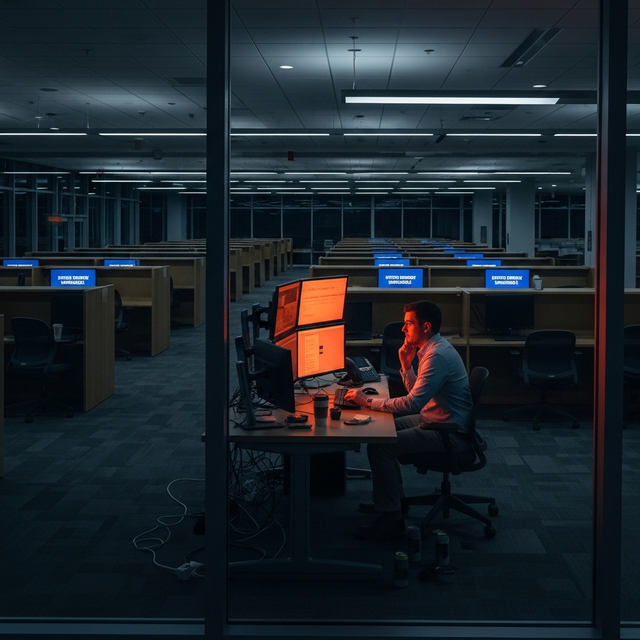Defending Against the Escalating Interlock Ransomware Threat: CISA and FBI's Urgent Guidance

CISA and FBI Issue Urgent Warning About Interlock Ransomware (Here's What You Need to Know)
Hey, we need to talk about something serious. The FBI and CISA just dropped a joint advisory about Interlock ransomware, and it's not your typical "oh great, another ransomware" situation. These guys have already hit major healthcare providers like DaVita and Kettering Health, and they're using some pretty clever tactics I haven't seen before.
Why This One's Different (And More Dangerous)
Look, I've seen a lot of ransomware groups come and go, but Interlock is doing something particularly nasty. They're using what they call the "FileFix" technique - basically tricking your employees into thinking they're running a legitimate file repair tool. Spoiler alert: they're not fixing anything; they're encrypting your files.
But here's what really gets me: they're not just encrypting data anymore. They're stealing it first, then threatening to leak it unless you pay up. It's like getting robbed and blackmailed at the same time.
How They're Getting In (And How to Stop Them)
The initial access is usually through compromised credentials or phishing. This is exactly why I've been pushing everyone to use proper password managers and MFA. Speaking of which, I switched my whole team to NordPass last year - it's been a game-changer for managing unique passwords across all our systems.
Critical Steps You Need to Take Right Now:
Lock Down Your DNS:Set up proper DNS filtering to block known malicious domains. And please, for the love of all things digital, use a decent VPN with malware filtering. I personally use NordVPN because it includes threat protection that catches a lot of this stuff before it hits your network.
Patch Everything:I know, I know - you're tired of hearing about patches. But Interlock specifically looks for unpatched systems. Set up automated patching if you haven't already.
Network Segmentation:Don't let everything talk to everything else. When ransomware hits, you want it contained, not spreading like wildfire across your network.
User Training:Your people need to know about this FileFix trick. It looks legitimate, which is why it's working so well.
Additional Technical Measures That Actually Work
I've been implementing these across our systems, and they make a real difference:
Enable PowerShell logging and monitoring (Interlock loves using PowerShell)
Block macros from the internet (they're still trying this classic move)
Set up proper backup systems that Interlock can't reach
Configure Windows Event logging - you need to see what's happening
For endpoint protection, I've had good results with Malwarebytes Premium - it's caught several attempted ransomware executions in our environment.
What To Do If You Get Hit
If Interlock gets into your system:
Isolate infected systems immediately
Report it to CISA and your local FBI field office
Don't pay the ransom (I know it's tempting, but it just encourages them)
Restore from backups (you have those, right?)
The Bottom Line
This isn't just another ransomware alert. Interlock is actively targeting organizations right now, and their social engineering game is strong. Get these protections in place ASAP, and make sure your team knows about the FileFix trick.
Stay safe out there, and if you need help implementing any of these measures, drop me a line in the comments.
Quick heads up:Some links in this article are affiliate links. If you buy something through them, we might earn a small commission (doesn't cost you extra). We only recommend stuff we'd actually use ourselves or set up for our own families. No BS recommendations here.


